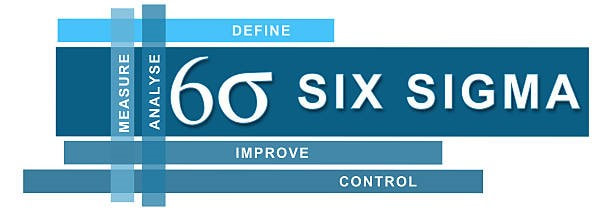Six Sigma
|
Six Sigma is a methodology that provides tools to organizations to improve the capability of their business processes. This increase in performance and decrease in process variation leads to defect reduction and improvement in profits, employee morale, and quality of products or services.
Common thread characteristics of Six Sigma use across organizations includes:
DMAIC is an acronym that defines the five phases that make up a process improvement effort. This framework is used to guide a such a project by defining the steps a Six Sigma practitioner is expected to follow. This starts with identifying the problem and ending with the implementation of long-lasting solutions. Six Sigma has borrowed many Lean philosophies as well. In fact, Lean Six Sigma is now its own discipline. It uses the best of Lean to provide even greater benefits for process improvement projects. |
Define. Measure. Analyze. Improve. Control.
|
All our Six Sigma-oriented projects incorporate Lean tools that are most appropriate, in effect making it a Lean Six Sigma Project.
